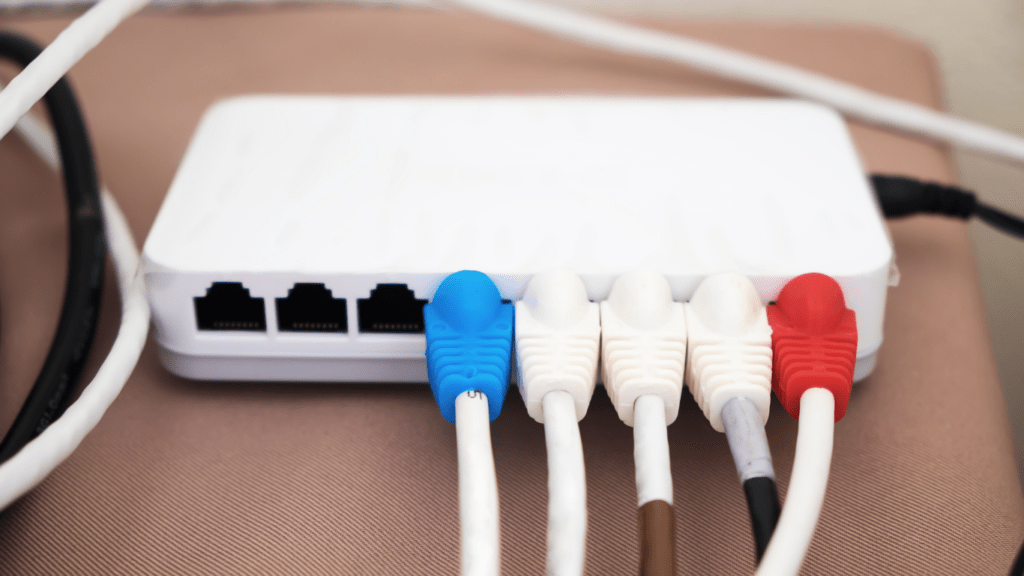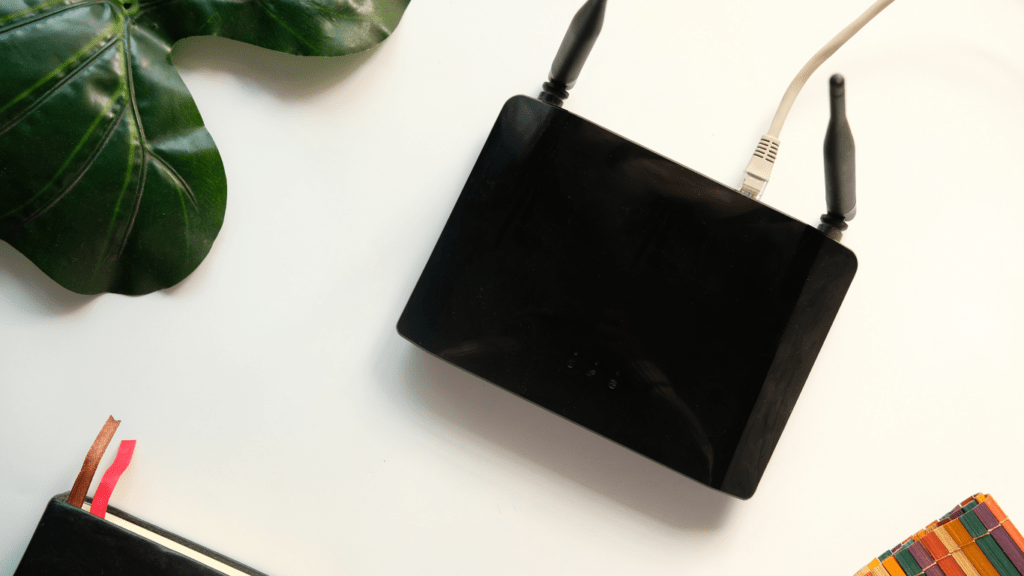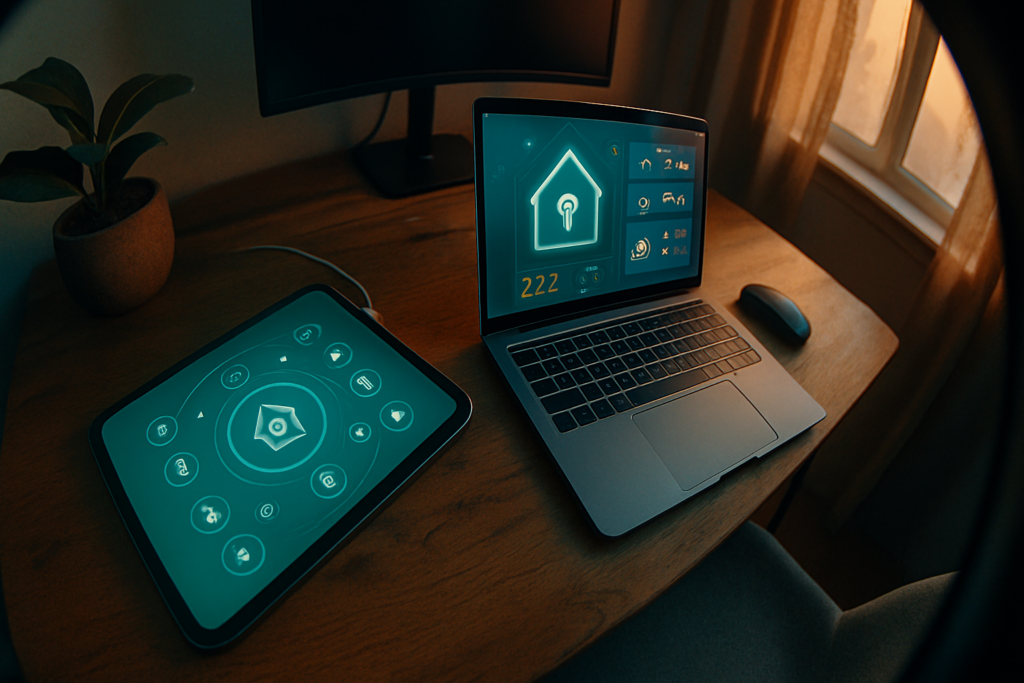In today’s interconnected world, ensuring the security of our smart homes is paramount. As someone who values both convenience and safety, I understand the importance of safeguarding our digital ecosystems from cyber threats.
From smart thermostats to security cameras, the devices we rely on can also be vulnerable to malicious attacks. In this article, I’ll share practical tips and strategies to help you fortify your smart home against potential cyber threats.
By staying informed and implementing proactive security measures, you can enjoy the benefits of a connected home without compromising your privacy or data. Let’s dive into the essential steps you can take to enhance the security of your smart home and protect it from cyber intrusions.
Understanding Smart Home Security Risks
Exploring the risks associated with smart home security is essential in safeguarding your connected environment. As an individual passionate about both technology and safety, I recognize the critical need to address potential vulnerabilities that smart devices can introduce into our homes.
By comprehending the specific security threats posed by smart technologies, we can better equip ourselves to counter cyber risks effectively. Let’s delve into the various aspects of smart home security risks to bolster our defenses.
Implementing Secure Network Practices
Securing your smart home begins with implementing robust network practices to safeguard your devices and data from cyber threats. By following these essential steps, you can enhance the security of your connected home environment.
Setting Up a Secure Wi-Fi Network
When setting up your Wi-Fi network for your smart home devices, it’s crucial to change the default network name (SSID) and password. Avoid using easily guessable passwords or common phrases.
Instead, opt for strong, unique passwords with a combination of letters, numbers, and special characters. Additionally, consider enabling WPA3 encryption for enhanced security. Regularly update your router’s firmware to patch potential vulnerabilities and ensure the latest security features are in place.
Using Strong Passwords and Two-Factor Authentication
One of the simplest yet most effective ways to protect your smart home devices is by using strong, unique passwords for each device and account. Avoid reusing passwords across multiple devices as it increases the risk of a security breach.
Enable two-factor authentication (2FA) whenever possible to add an extra layer of security. 2FA requires both your password and a secondary verification method, such as a code sent to your phone, making it significantly harder for unauthorized users to gain access to your devices or accounts.
Securing Smart Home Devices
Securing smart home devices is crucial in protecting against cyber threats. Implementing secure network practices is the foundation for safeguarding your devices and data effectively. Here’s how you can enhance the security of your smart home setup:
- Update Default Settings: Change the default network name (SSID) and password to unique, strong combinations. This simple step can prevent unauthorized access to your network.
- Enable WPA3 Encryption: Ensure your Wi-Fi network is encrypted with WPA3. This encryption standard provides stronger security protocols than its predecessors, enhancing the protection of your data.
- Regular Firmware Updates: Update your router’s firmware regularly. Firmware updates often include patches that address known vulnerabilities, making it harder for cybercriminals to exploit security loopholes.
- Strong Passwords and 2FA: Use strong, unique passwords for each device and online account. Avoid reusing passwords to prevent a single breach from compromising all your accounts. Enable two-factor authentication (2FA) wherever possible for an added layer of security.
By following these steps, you can significantly improve the security of your smart home devices and reduce the risk of falling victim to cyber threats. Stay informed and proactive in safeguarding your smart home to enjoy the benefits of connectivity without compromising your privacy and data integrity.
Monitoring and Updating Security Measures
In maintaining a secure smart home environment, it’s essential to prioritize the ongoing monitoring and updating of security measures. Staying vigilant and proactive is key to staying ahead of potential cyber threats and ensuring the continued protection of your connected devices.
To effectively monitor your smart home security, I recommend regularly checking for any unusual activity on your devices and network. This includes reviewing logins, device connections, and any alerts or notifications that may indicate a security breach.
By staying attentive to these signals, you can identify and address any potential issues promptly. In addition to monitoring, keeping your security measures up to date is crucial. This involves staying informed about the latest security patches and updates for all your smart devices, routers, and security software.
By promptly applying these updates, you can patch known vulnerabilities and enhance the overall security posture of your smart home ecosystem. Automating the update process wherever possible can streamline this task and ensure that your devices are always running on the latest, most secure software versions.
Many smart home devices offer automatic update features that you can enable to simplify the maintenance of your security protocols. By regularly monitoring for suspicious activity and promptly updating your security measures, you can fortify the defenses of your smart home against cyber threats and enjoy a safer and more secure connected living environment. Stay proactive, stay informed, and stay secure.





